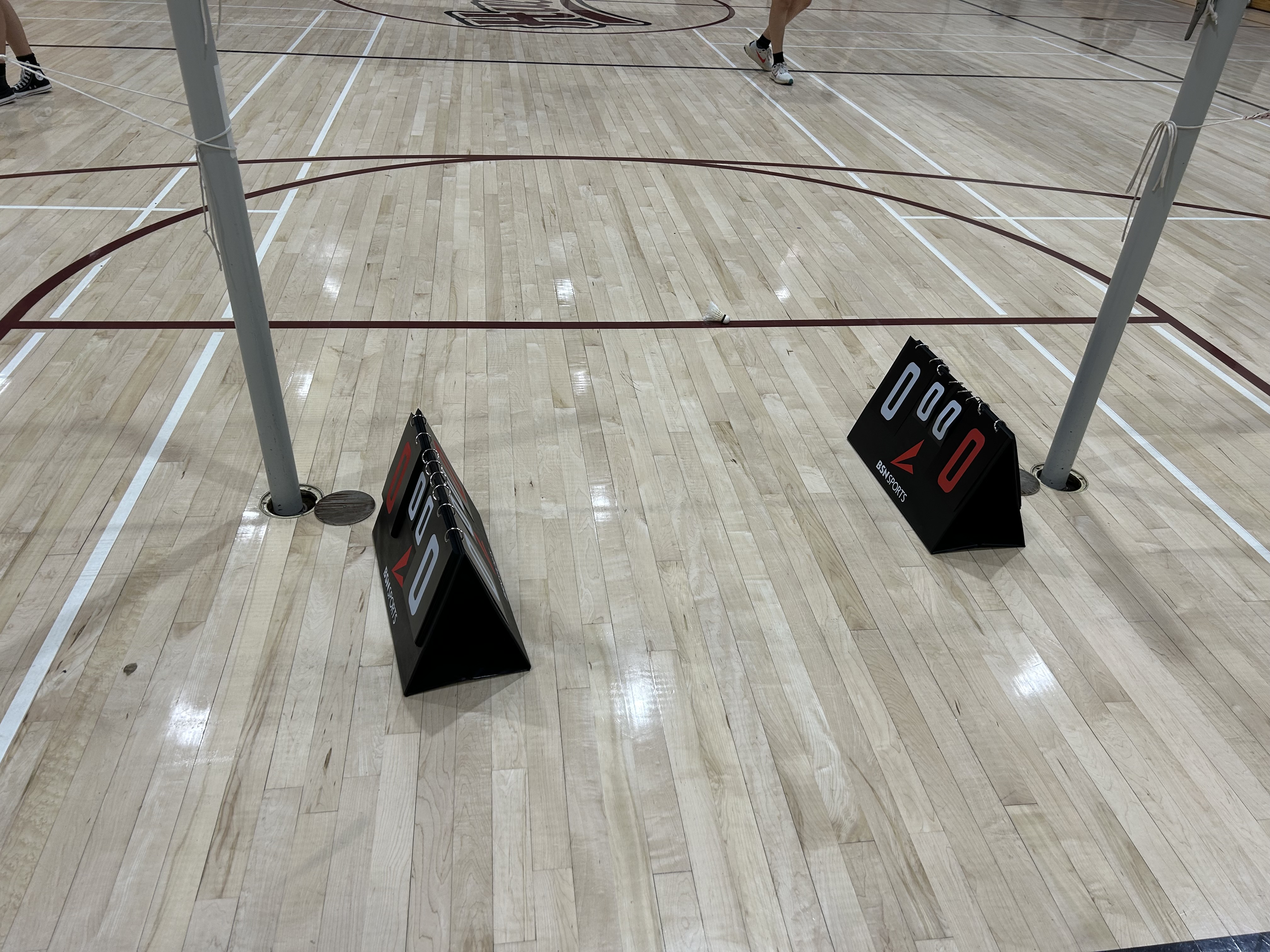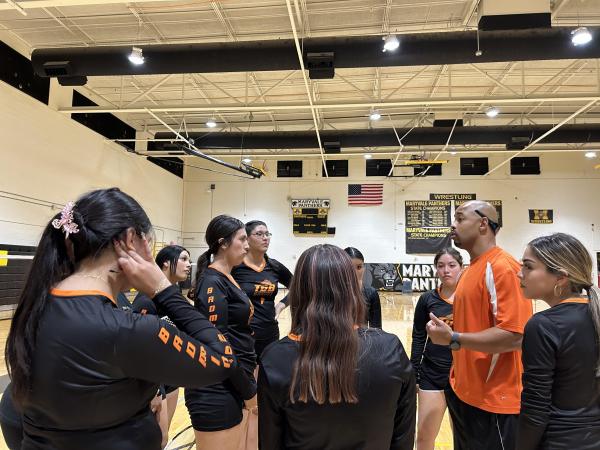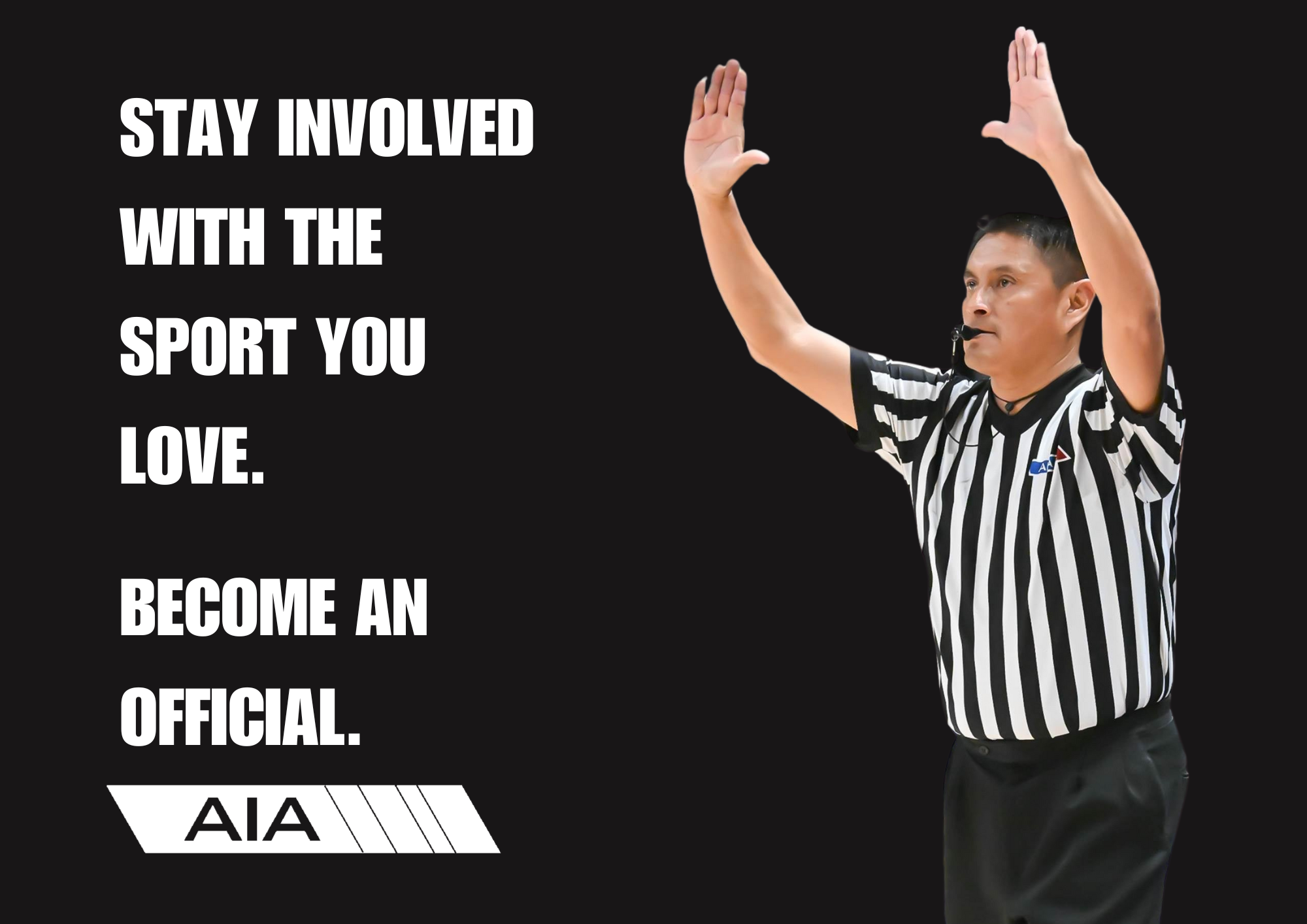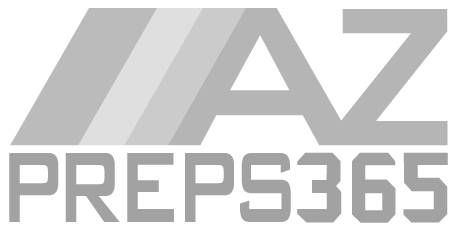Drawbacks to having no officials during matches
November 28, 2023 by Natalie Guzman, Arizona State University

Natalie Guzman is an ASU Cronkite School of Journalism student assigned to cover Trevor G. Browne for AZPreps365.com
Unlike Olympic badminton, where there are officials deciding if a shuttlecock, or birdie, is in or out of bounds, the Arizona Interscholastic Association designates players to call out the opposing team’s points in Arizona high school badminton.
For some girls, this can lead to unknowingly calling the wrong point, making an incorrect line call, serving from the wrong side, or even cheating.
The solution seems simple enough: hire officials to watch girls play.
Yet it’s not that easy, Trevor Browne High School badminton head coach Danell McPhaul said.
“There’s just not enough people and because normally, you can’t trust players to call from the same team. There are not enough professional officials to do it,” McPhaul said. “So, that’s why in high school badminton, players will call it on their own.”
In the high school level in Arizona, there are multiple games happening at once in a gym. The way a high school team wins is by winning the most matches out of nine. There are six varsity single matches and three varsity doubles matches. The doubles matches consist of members from the singles matches.
Each school has about four courts, and the first four individual matches play at the same time, on each different court. When one match is done, the next match starts, and so on. If varsity No. 1 is done with its match, then varsity No. 5 would play on its court, for example.
McPhaul and other girls on the Trevor Browne team agree that sometimes, some girls in the sport will use play calling to their advantage.
“Sometimes there are certain girls, they will take advantage of the rules where they do get the call if it’s on their side,” McPhaul said. “So, if it’s maybe an inch in, or maybe on the line, they’ll call it out. So, they do try to benefit from that option.”
 Trevor Browne's badminton team before facing Maryvale on October 17. (Photo by Natalie Guzman/AZPreps365)Varsity No. 2 Mariana Quintero said that she’s seen multiple wrong calls.
Trevor Browne's badminton team before facing Maryvale on October 17. (Photo by Natalie Guzman/AZPreps365)Varsity No. 2 Mariana Quintero said that she’s seen multiple wrong calls.
“It happens a lot,” Quintero said. “It’s sometimes very obvious, but since it’s not on your side of the court, you can’t really argue with them. It’s their call.”
Varsity No. 5 Zeiynap Hernandez said she felt her opponent had made the wrong call multiple times. However she added that it’s not always intentional and does depend on the play.
Both varsity members said that knowing the rules is important, particularly when it comes to knowing which lines are in and out for singles and doubles. Singles does not include the full court of lines, excluding the vertical “alleyways” throughout the whole singles match. In doubles, girls are allowed to use the full court, but cannot serve to the backend of the court such as in singles. The rule to not use the backend is only in doubles serving.
McPhaul said that girls make more mistakes in doubles when it comes to play calling and lines.
“I will say there’s mistakes in doubles simply because of the way the ins and outs work, especially in serves,” McPhaul said. “Whenever you’re playing, some girls forget that they’re not playing singles and especially on the serves, they allow the server to go into the back alley, which should not happen.”
All of these rules are important, but can sometimes lead to confusion. Quintero said it took her a couple of months before feeling confident in the rules.
“If you have people around you that help you, especially people who are experienced, because it becomes very easy and you’ll learn them really fast,” Quintero said.
McPhaul said the rules are important to know because on your own end, you’ll know you’re making the right call.
“If you know the rules and you know what your call is, you can call it out and the other girl can’t really dispute it,” McPhaul said. “It’s your call at the end of the day.”
According to the AIA Badminton Rulebook when it comes to line calls, “Honesty and precision is essential.” It states that anyone off the court is not allowed to make calls regarding in and out lines. However, if there is a dispute, participants are to call over “tournament officials,” or in matches, this would be coaches.
Junior and varsity No. 3 Jocelyn Ayala said she thought that girls who intentionally make wrong calls do so when they are losing.
“They feel like they’re down to some points that they want to get ahead and score more,” Ayala said. “Sometimes, when you see that it was in, and the other girl is persistent that, ‘No, no, no it was out,’ and it just gets kind of frustrating.”
Backcourt line calling isn’t the only rule that can be troublesome for players. Ayala said that another important rule is knowing which side to serve from.
In both singles and doubles, the server has to serve from the left if their score is odd and the right if it is even. For example, if the score is 8-11, the server would serve from the right side of the court. If their score was 13-18, they would serve from the left.
This rule is important for girls to remember and can sometimes cause opponents to gain points if the server is not on the correct side.
Overall, the AIA has not made any significant changes to badminton rules since the 2019 season when it changed the scoring system.
According to the AIA Badminton Rulebook, the AIA used the “traditional scoring system” from the 1950s until the 2018 season. Since 2019, the AIA has used the “rally scoring system.”
The main difference between the two methods is that the traditional scoring system is up to 11 points in singles and up to 15 points in doubles, and only the serving side would score a point. In the traditional scoring system, it was still the best out of three games.
The rally scoring system, however, is up to 21 points, and each side scores points regardless of who served.
The AIA states that the reason for this change was that it’s easier for beginners and that it matches the Olympic scoring system.
Other than that, there have been no changes when it comes to play calling or having referees at every match.
According to the AIA Badminton Rulebook there are sometimes line judges, but not specified as to when. If there is one judge, they would be on the net making the calls. However, a full set that would cover all of the lines would mean there would have to be eight line judges.
For now, badminton in Arizona high schools, such as Trevor Browne, will have to continue to rely on the honesty and integrity of girls who continue to play the sport.


